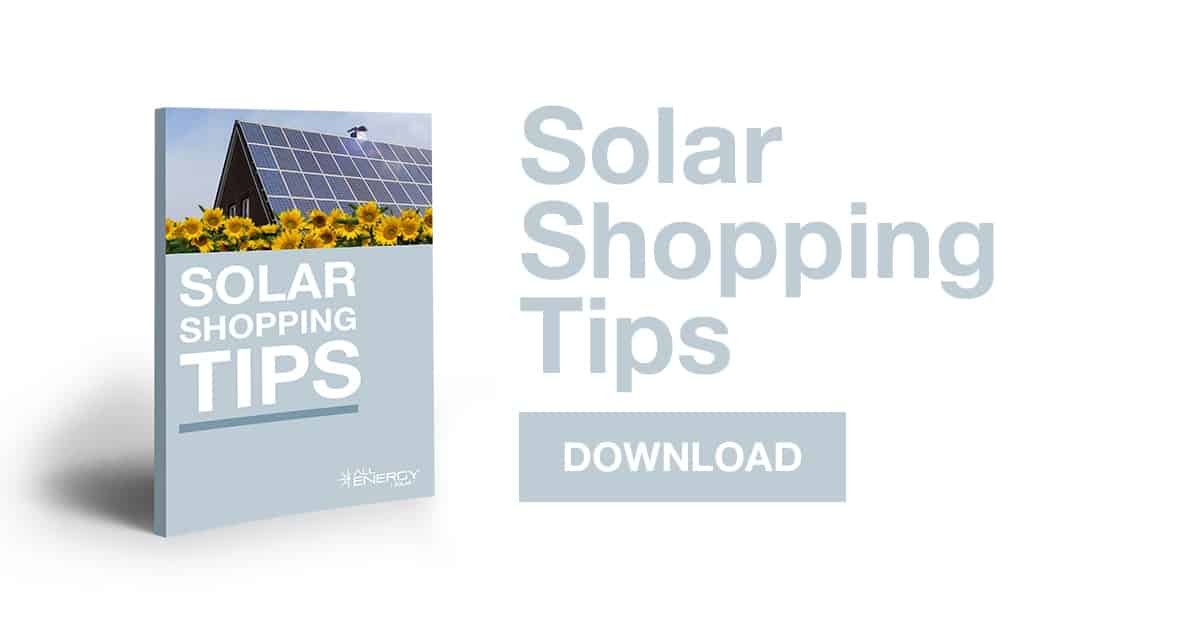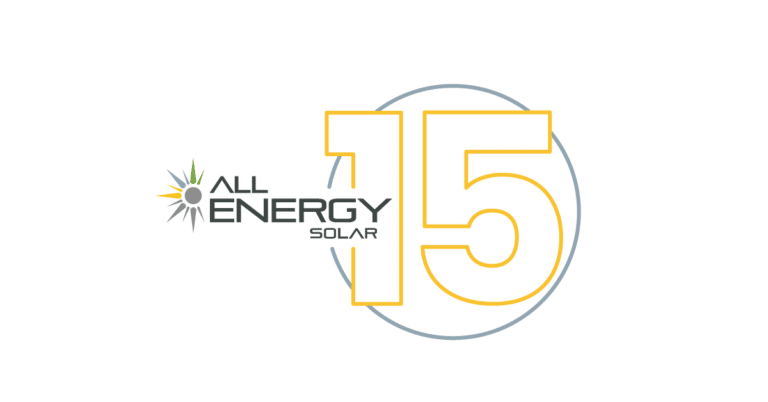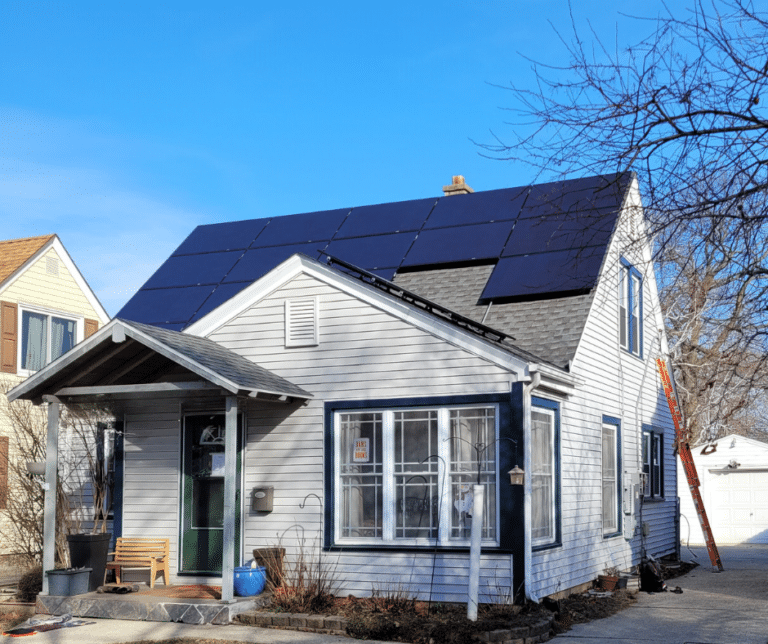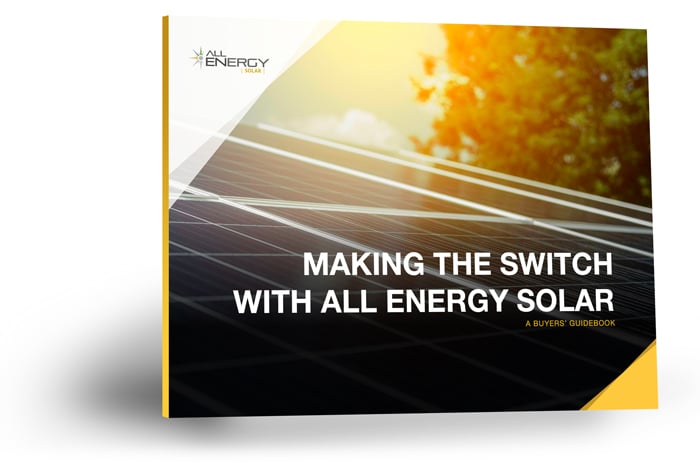No doubt about it—going solar is a big investment. One of the first and most important questions you’ll have is—how big should my installation be? How many kilowatts of sun power, and how many panels?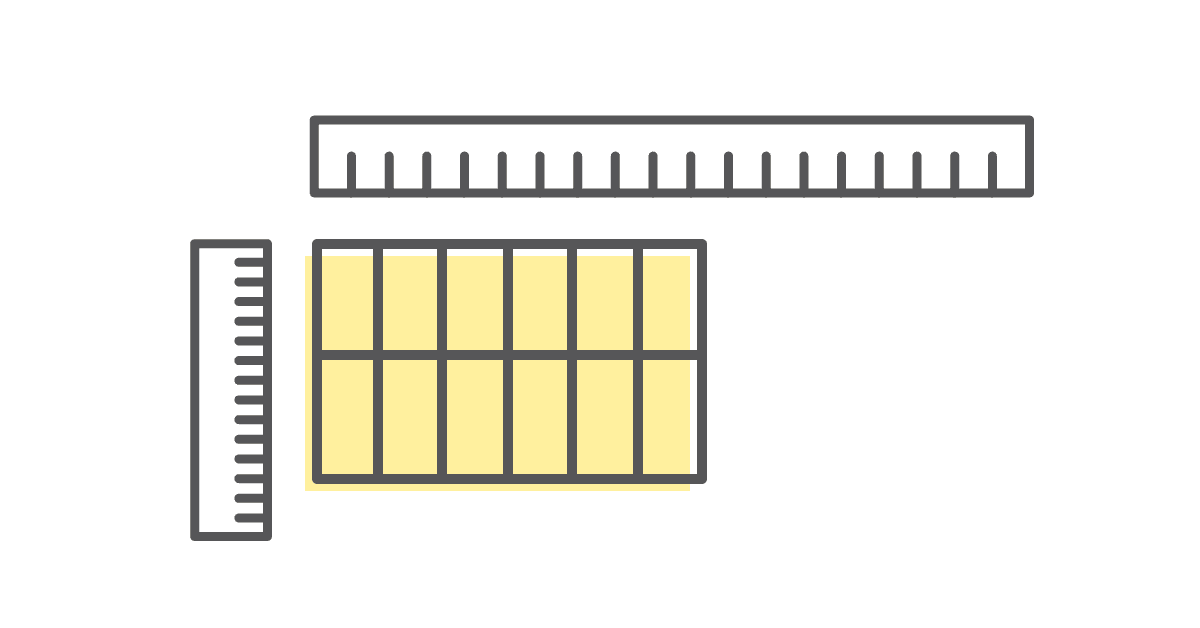
What’s Your Average Annual Energy Load?
That is, how much solar energy, in kilowatt-hours, will you need to completely replace the energy you currently get from your utility? You can figure this out by examining your monthly electric bills over a year: how many kilowatt-hours did you use in that year? Divide that number by 365 for your daily energy usage.
A Helpful Formula
Here’s where some simple math comes in. To roughly determine what size, in kilowatts, your system needs to be, the formula is:
Daily Usage (kWh) ÷ Sun-Hours ÷ 0.9 Inefficiency Factor = Minimum Solar Array Output.
- Daily Usage: The figure you got by dividing your yearly energy use by 365.
- Sun-Hours: How much sun you get each day in your region. You can use this SunNumber map to get an estimate. It is worth saying, however, that maps like these aren’t always accurate and should be used as reference only. For a more accurate and up-to-date judgment, be sure to have an on-site assessment from a reputable installation company.
- 0.9 Inefficiency Factor: A rough allowance made for things that would make your system run below its optimal output, like shade, extreme temperatures, voltage drops, and equipment inefficiencies.
An Example
The average American household used 10,766 kilowatt-hours of electricity annually in 2016. That’s about 29.5 kilowatt-hours per day. In Minnesota, which gets an average of 4.53 sun-hours per day, the formula might look something like this:
29.5 kilowatt-hours per day ÷ 4.53 sun-hours ÷ 0.9 = 7.2357 kilowatt-capacity system.
Then you simply divide by the energy rating of each panel. The panels most commonly used in residential solar range from 275 to 350 watts per panel. So if you choose 335-watt panels, your calculation is: 7236 watts ÷ 335 watts = 21.6 panels—or 22 panels, since you can’t divide a panel.1
Other Factors
These calculations imply that your system is off-grid. A smaller array will generally work if you’re grid-connected, since the grid will make up for any shortfall in your system. And if you’re a “snowbird” and occupy the house mostly during the warmer months, you may be able to build a somewhat smaller system than the house would need for year-around occupancy, since there’s more sunlight each day in the summer.
Consider Going Solar
If you’d like to know more about solar power for your home, contact your local solar installer for a free quote and to learn more about which type of solar installation is right for you.
Download our eBook, Solar Shopping Tips, to learn more about the right—and the wrong—practices when it comes to finding the best solar installer for your home.